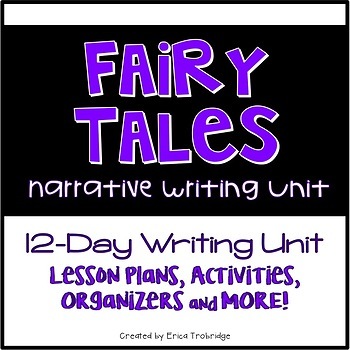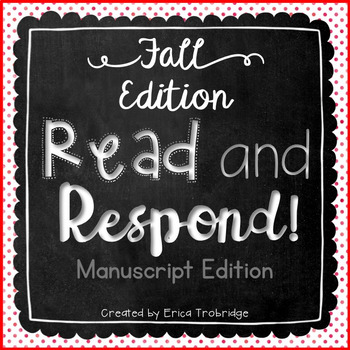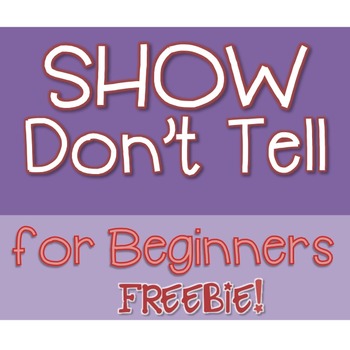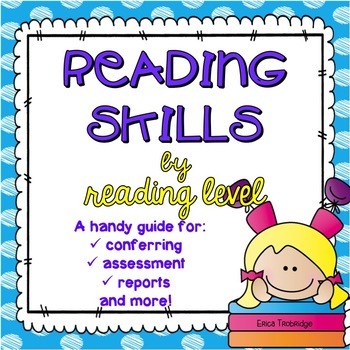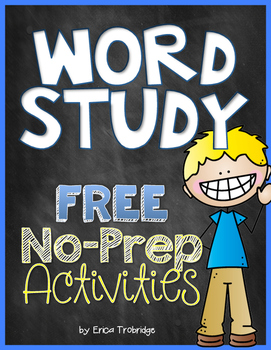I've definitely taught my fair share of spelling programs. When I first started teaching, most teachers at my school gave students the spelling list on Monday and tested on Friday. Every kid studied the same list of 20 words, no matter their proficiency in writing or spelling. The words on the lists (for the most part) had no commonalities. Someone--somewhere--had simply decided kids should know how to spell these words. (These spelling lists weren't derived from Dolch sight word lists, or any other high frequency lists as far as I could tell.) What bothered me most about this practice was that we weren't teaching students how to use spelling patterns. We didn't show them the magic of these patterns to figure out how to spell new words, bigger words, more difficult words. They were just endless lists of words.
Enter Words Their Way. There are many things I love about this spelling program. Mostly because it's dedicated to word study, and not simply "spelling". But my biggest difficulty with Words Their Way is the HUGE amount of time it takes the teacher: Preparation, assessment, grouping students, copying, organizing, and choosing & teaching sorts for each group. Even though I believe in the effectiveness of this program... it's a lot.
I've worked very hard over the last few years to minimize the negatives and really make the most out of Words Their Way. Here are the issues I've tried to remedy. I hope these tips are helpful to others using this program.
Issue: Too many words (time consuming to sort)
Most of the WTW sorts contain 24 words. And not all of them follow the pattern. Therefore, students are studying the words that follow the rules, and the "oddballs". This is a lot of words to sort and write in the 15-20 minutes we have to spend on it. I have decided to give students 15 of the words in each sort. This allows them practice with the spelling feature without overwhelming students with words.
Issue: No school-home connection
Again, this program leaves this piece up to the teachers. We work on learning and practicing spelling features in class at various times of the day, including morning meeting, reading, and writing. About once per month, I have students take home their most recent words to show their parents after we finish studying/practicing with them. This gives parents an idea about what kinds of words and spelling features students are learning.
Issue: Lack of specified word sorts
This is a big one, because it means the teacher has to create routines for word sorts, and spend quite a bit of time teaching these (in addition to the actual word meanings, working with groups, etc.) So, I've created a set of posters to use with students throughout the year that identify each word sort and the steps to complete them. {Click on the pic below}
Issue: Grouping students
One of the benefits of Words Their Way is that it's differentiated according to students' needs. Therefore, students will be put into a group to study exactly the types of spelling patterns s/he is not yet independent with. However, this could mean up to six groups (levels) of students in any classroom... especially in a second grade classroom. But here's my advice: Decide which three groups your students most closely align with according to their WTW assessment AND what kind of spelling they're doing in their writing. Keep an eye on them to make sure words aren't too difficult or too easy.
Issue: Assessment
I assess at the beginning of the year to get an idea of what kind of speller each student is. Much can change in second grade (and quickly!), especially once kids begin reading frequently. Students have four days of different sorts with the pattern they're working on, and on the fifth day I give students the next group of words. After about eight weeks, I take a close look at their writing and give an assessment to decide who needs to work at a different level. I usually move 2-4 students to a different level every eight weeks.
I hope this is helpful for someone looking for word study tips or options. And if you've been using Words Their Way for a while, I'd love to hear about how you've made it work for you! :)





